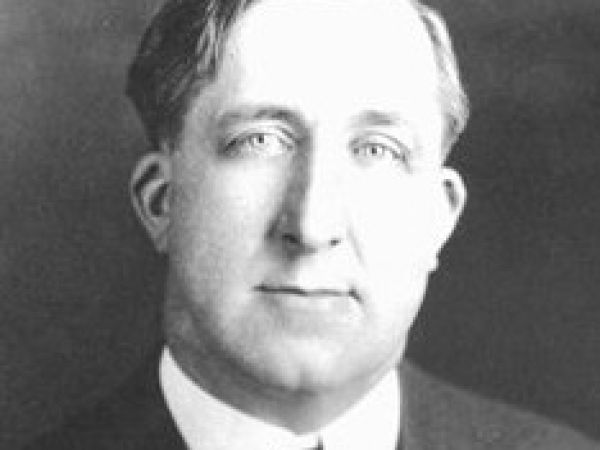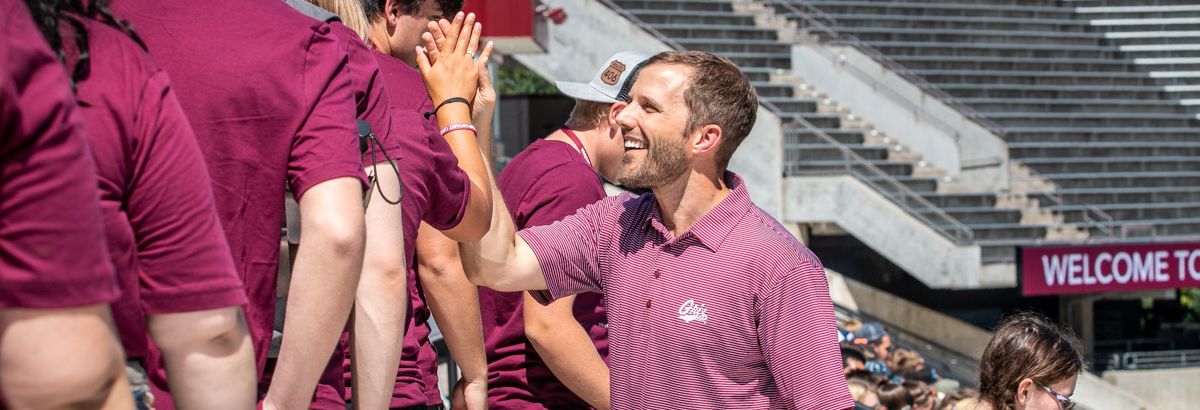
September 1921 - October 1935
Education
B.S., Massachusetts Institute of Technology, 1905
Ph.D. Massachusetts Institute of Technology, 1910
Additional study at Harvard University, 1910
Landmarks Erected
- South Hall (Elrod Hall), 1921
- University Library (Social Science Building), 1921
- Men's Gymnasium (Shreiber Gym), 1921
- Heating Plant, 1922
- Forestry Building, 1922
- North Hall (Brantley Hall), 1923
- Dornblazer Field, 1924
- Corbin Hall, 1927
- Student Union (Fine Arts Building), 1935
Programs Established
- College of Arts and Sciences
- School of Religion
Accomplishments as President
One of two long-term presidents at UM, Clapp's administration contained great achievements for the University. Despite serving during the Great Depression, Clapp continued to develop the University. He obtained several plots of land to expand UM, including the plot where the Emma B. Lommasson Center now stands and eight square miles in Hellgate Canyon. Clapp established the first Freshman Week to introduce new Ñý¼§Ö±²¥ to the University and to provide counseling from faculty members and upperclassmen. His administration adopted a new grading system under which graduation required a "C" average. Clapp also worked to establish lower and upper divisions. Charles Clapp became ill and ran the University from his hospital bed. He died in 1935 while still in office.
Background History
Clapp was an Instructor of Geology and Mining at the University of North Dakota from 1905 to 1907, as well as serving as Assistant State Geologist. He went on to instruct at the University of Arizona and the School of Mines in Butte. In 1918, he became President of the School of Mines before assuming the UM presidency in 1921.
